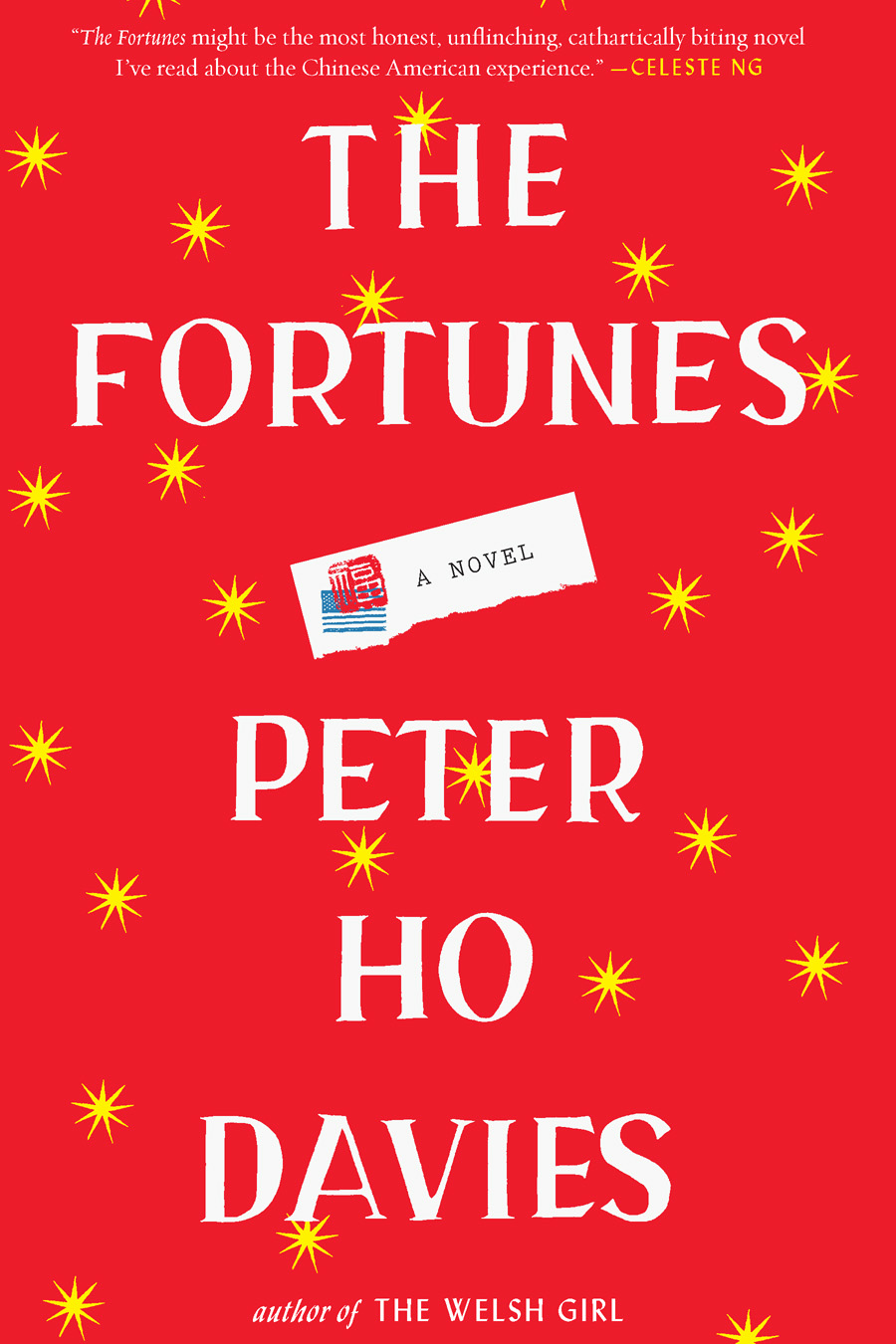
The Fortunes
کتاب های مرتبط
- اطلاعات
- نقد و بررسی
- دیدگاه کاربران
نقد و بررسی

Starred review from June 20, 2016
Though billed as a novel, The Fortunes could more aptly be described as a collection of four novellas, each of which explores a different facet of Chinese-American experience. The first section, “Gold,” is set during the mid-19th century and follows Ling, an orphan, from his childhood on Pearl River in China to Gold Mountain, Calif., where he works first in a laundry and then as a valet before becoming an unlikely organizer of Chinese workers building the Central Pacific Railway. In “Silver,” Davies imagines the lonely inner life of 1930s actress Anna May Wong, Hollywood’s first Chinese-American star, who has affairs with many leading men but never marries any of them. “Jade” takes place in the 1980s, against the backdrop of the dying American auto industry, and focuses on the mistaken identity of a Chinese-American man taken to be Japanese in a deadly strip club brawl. In “Pearl,” the final section, a present-day middle-aged American writer, whose mother was from China, now finds himself there for the first time to adopt a baby girl with his Caucasian wife. The book’s scope is impressive, but what’s even more staggering is the utter intimacy and honesty of each character’s introspection. More extraordinary still is the depth and the texture created by the juxtaposition of different eras, making for a story not just of any one person but of hundreds of years and tens of millions of people. Davies (The Welsh Girl) has created a brilliant, absorbing masterpiece. Agent: Maria Massie, Lippincott Massie McQuilkin.

July 1, 2016
A four-part suite of astute, lyrical, and often poignant stories poses incisive questions about what changes--and what does not--when people from another culture become Americans.You could, if you wished, refer to this blend of historically inspired narratives as The Birth of a Chinese-American Nation, as Davies (The Welsh Girl, 2007, etc.) encompasses whole eras of history, transition, and even consciousness in the four stories that make up this novel. The first, set in the mid-19th century, focuses on Ling, whose fastidious and imperturbably dogged performance as manservant to rail magnate Charles Crocker inspires "Mister Charley" to consider hiring a vast workforce of Chinese immigrants to help lay down tracks for the first transcontinental railroad. ("A model of industry," Crocker says of Ling to a pair of Siamese twins. "Were it not for his shining example, we...should never have thought to hire so many thousands of your countrymen.") The second story belongs to Anna May Wong, the glamorous, mordantly witty movie star, as she makes her only visit across the Pacific to her family's Chinese homeland in the mid-1930s after losing the coveted lead role in the movie version of The Good Earth to Luise Rainer. The book becomes more impassioned in the third section, which uses the fatal 1982 beating of Vincent Chin near Detroit by an autoworker and his stepson who had mistaken him for Japanese as an inquiry into the nature of racism itself. The last story, set close to the present day, is about a biracial Chinese-American author named John who sets off with his wife, Nola, for mainland China for the purpose of adopting a child--which gently but resolutely brings this neatly woven portrait full circle. Davies' nuanced contemplation of how America has affected the Chinese (and vice versa) forces the reader to confront what is both singular and similar about all cross-cultural transactions.
COPYRIGHT(2016) Kirkus Reviews, ALL RIGHTS RESERVED.

April 15, 2016
The son of a Welsh father and a Chinese mother, Davies was proclaimed among the Best Young British Novelists by "Granta"; his first novel, "The Welsh Girl", was a Los Angeles Times Book Prize finalist. This second novel explores the Chinese American immigrant experience. With a 40,000-copy first printing.
Copyright 2016 Library Journal, LLC Used with permission.

























دیدگاه کاربران